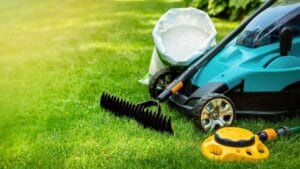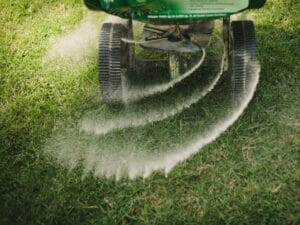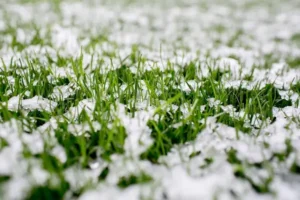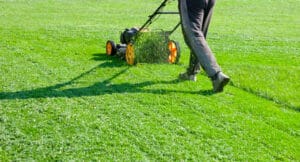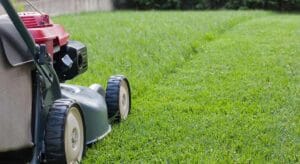
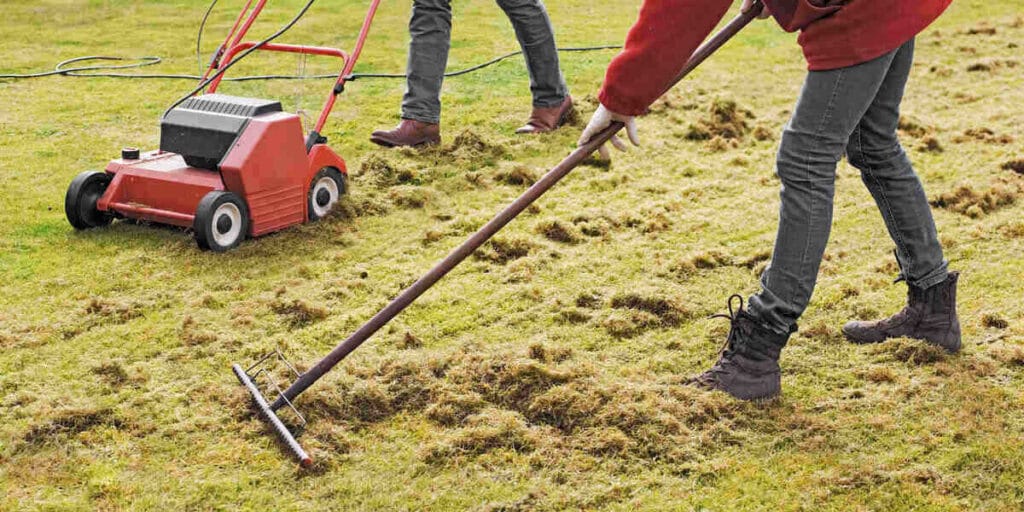
A lush, green lawn is a homeowner’s pride, but over time, even the healthiest lawns can develop a layer of thatch, hindering growth and vitality. Enter dethatching, a vital maintenance task often overlooked by many. In this comprehensive guide, we delve into the intricacies of dethatching, exploring its importance, the methods involved, and the benefits it brings to your lawn’s health and aesthetics.
Before diving into dethatching, it’s crucial to grasp the concept of thatch. Thatch is a layer of organic matter that accumulates between the soil and the grass blades. It consists of dead grass, roots, stems, and other debris that decompose slowly, forming a dense mat. While a thin layer of thatch is beneficial, providing insulation and moisture retention, excessive buildup can choke the lawn, impeding airflow, water penetration, and nutrient absorption.
Identifying when your lawn requires dethatching is essential for timely intervention. Some telltale signs include spongy or springy turf, reduced water penetration, shallow root growth, and an increased presence of pests and diseases. Additionally, if you notice that water pools or runs off instead of being absorbed, it’s likely due to excessive thatch.
Dethatching can be accomplished through various methods, each suited to different lawn types and conditions. One common approach is mechanical dethatching, which involves using specialized equipment like a dethatching rake, vertical mower, or power rake to remove the thatch layer. This method is effective but may be labor-intensive, especially for larger lawns. Another method is aerating, which involves perforating the soil with small holes to allow air, water, and nutrients to penetrate the grassroots more easily.
Chemical dethatching is another option, utilizing enzymes or microbial agents to accelerate the breakdown of thatch. While less physically demanding, this method may take longer to yield results and requires careful application to avoid harm to the grass. Each method has its pros and cons, so it’s essential to assess your lawn’s specific needs before choosing the most suitable approach.
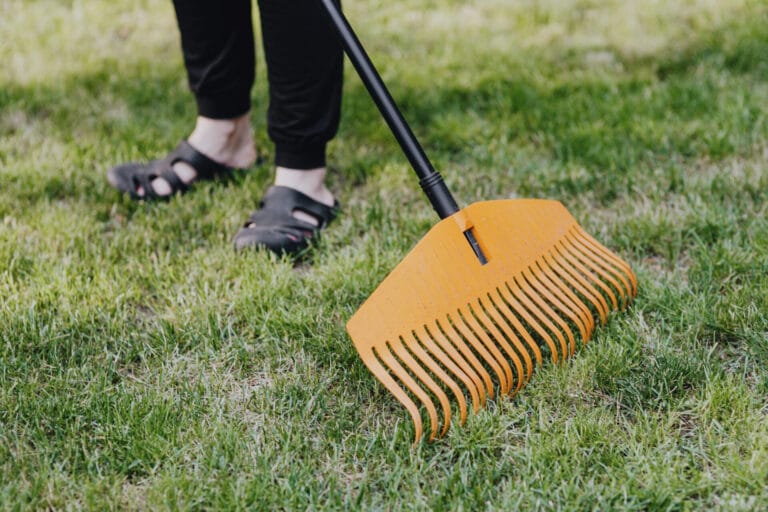
Dethatching offers a myriad of benefits beyond just improving the aesthetics of your lawn. By removing the thatch layer, you enhance airflow, water infiltration, and nutrient absorption, fostering healthier root growth and overall turf vigor. Additionally, dethatching promotes better pesticide and fertilizer efficacy, as these products can penetrate the soil more effectively.
To ensure successful dethatching and minimize stress on your lawn, it’s essential to follow best practices. Begin by selecting the appropriate time for dethatching, typically during the active growing season when the grass can recover quickly. Avoid dethatching when the soil is excessively wet or dry, as this can cause damage to the turf.
When dethatching, set the equipment to the correct depth to remove the thatch without damaging the underlying soil or grassroots. After dethatching, promptly remove the debris from the lawn to prevent it from smothering the grass. Finally, follow up with proper lawn care practices such as watering, fertilizing, and overseeding to help the turf recover and thrive.
Dethatching may seem like a daunting task, but its benefits far outweigh the effort involved. By understanding the importance of dethatching, recognizing when your lawn needs it, and employing the right methods and best practices, you can rejuvenate your lawn’s health and beauty, ensuring a lush, vibrant landscape for years to come.
Share this content:
See more like this:

